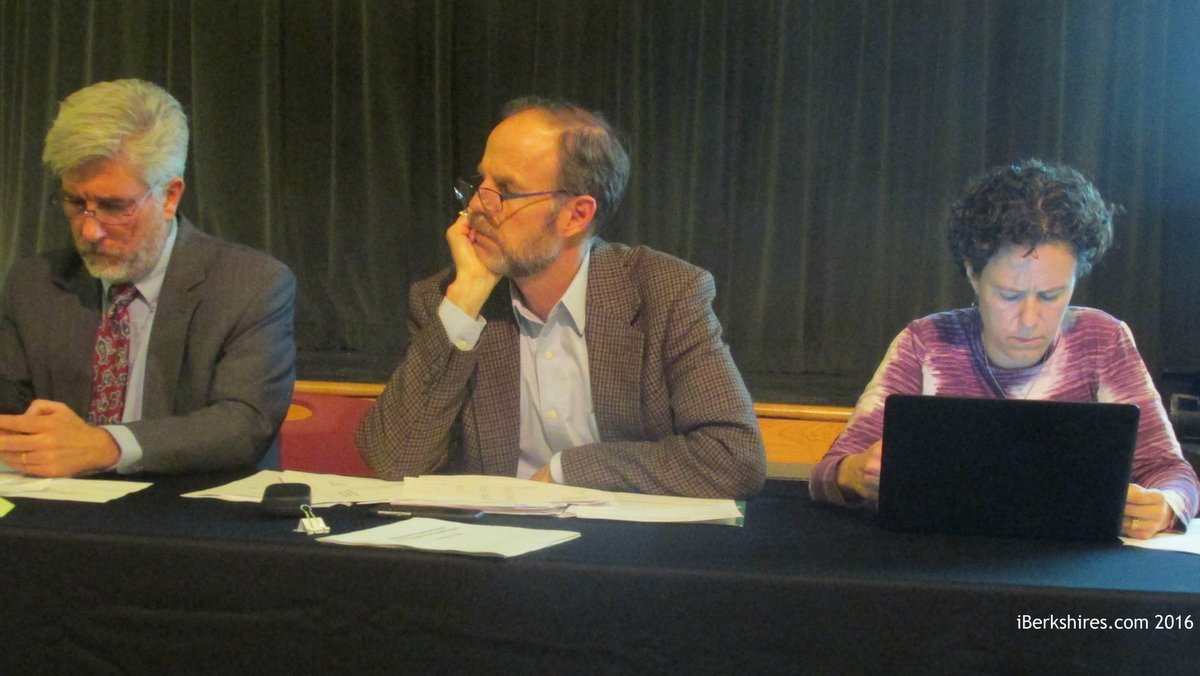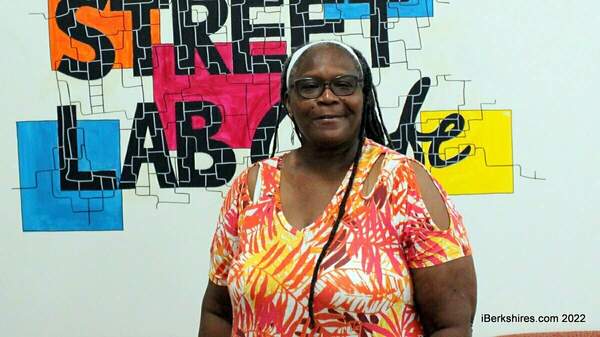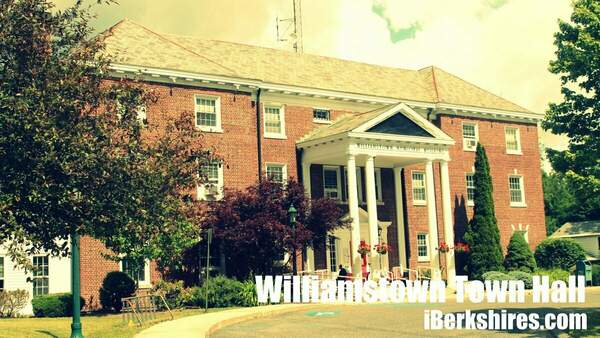
Williamstown School Committee Adds to FY17 Budget
WILLIAMSTOWN, Mass. — The Williamstown School Committee Wednesday advanced a fiscal 2017 budget that restores most of the cuts discussed at last week's public hearing and seeks a 6.26 percent increase in the town's contribution to the school.
The $6.62 million budget includes $6.13 million in appropriated funds — revenue from town taxes — an increase of $361,000 from last year's town appropriation.
The 6.26 percentage increase is well above the 2.5 percent "placeholder" figure included in the town budget presented to the Finance Committee earlier this winter and 2.5 percent higher than the 3.9 percent increase in the initial budget presented in the School Committee's hearing a week ago.
After approving the spending plan in a special meeting at the elementary school, the committee moved across town to present it to the Finance Committee, which went line by line, seeking explanations for any variances from the FY16 plan.
Although the Fin Comm took no formal position on the budget, Chairman Michael Sussman noted that the budget as presented would include more than $100,000 in projected reserves.
"There's $100,000 that we could apply to the appropriated budget," Sussman said.
WES Business Manager Nancy Rauscher explained that not all of the reserves currently in the school's account may be there when FY16 ends. In past years, the school has had much higher projected reserves at this point than it ended up carrying on June 30.
"Rather than overstating what we'll be carrying over in school choice, we're saying it's a range of $0 to $57,542," the first-year business manager said. "The reason I'm hesitant to commit to that is because of what I've seen in prior years, and I don't know what will roll over."
Also at work is first-year Superintendent Douglas Dias' effort to stop relying on school choice revenue to balance the elementary school budget, as has been done in the past. School choice revenue is one of the few sources a school district can use to create a reserve. WES' reserve, he found when took the helm, has been eaten away significantly the last few years.
"I'd prefer not to pay personnel from school choice," he told the Fin Comm. "If schools rely on that too much, it's a slippery slope. We had a significant amount of operating expenses out of school choice in FY16, and I'm trying to wean us off of that.
"Considering the volatility of school choice, I don't want the second most valuable thing in the building — after the students — the teachers, to be tied to that."
The FY17 budget approved by the School Committee on Wednesday sets aside 30 percent of the projected school choice revenue in the coming year.

Fin Comm member Elisabeth Goodman asked Sussman whether the town manager had indicated if the 6.26 percent hike would precipitate a Proposition 2 1/2 override vote, but Sussman said there was no way to know.
"We're aware of this number as of today," Sussman said, noting that the $361,000 increase from FY16 is about $220,000 more than what the town had budgeted.
School Committee members anticipated that the budget would be a challenge to the town.
"It's a hefty increase," first-year committee member Joe Johnson said at that panel's 5 p.m. meeting. "It's a big ask for the town. I don't know how amenable they're going to be to this ask."
The School Committee's Richard Reynolds told the Fin Comm that his committee's members have heard loud and clear that the community does not want to see the WES budget stripped.
"What we have heard from countless people is the cuts were too much — losing teachers we had recently recruited, class sizes were getting too big," Reynolds said. "I'd like to think the things we're bringing back are things the community will find a way to support."
The new budget still includes significant cuts, including the elimination of a full-day pre-kindergarten class, several paraprofessionals and a part-time custodial position and the reduction of the assistant principal position from full-time to a .8 position. In addition, the school currently is not funding several "enrichment" programs, like the collaboration with Lenox's Shakespeare & Company and the after-school Math Club program, but school officials are optimistic about finding alternative funding.
On the other hand, the revised budget restores several items that were cut in prior iterations.
Most significantly, two full-time teaching positions are restored in the plan Dias presented to the committee. Plus the school psychologist/adjustment counselor was restored to a full-time position, and hours have been added back to an occupational therapist position.
The two additional teachers will allow the school to add a section to next year's kindergarten and keep the current fourth-grade class to four sections. Previously, the plan was to consolidate that class from from four rooms to three classrooms with a maximum size of 24. Dias' new plan keeps it in four classrooms and proposes two additional school choice slots to help fill them out.
None of the School Committee members were happy about the cuts that still are included in the plan, but they took heart in the things that were saved.
"We listened to what people had to say last week," School Committee member John Skavlem said. "I think we've tried to be enormously responsive. You cannot be responsive to everything."
Reynolds put it another way.
"I thought we probably made everyone equally unhappy, which means it's probably a good compromise," he said.
Tags: fiscal 2017, school budget, WES_budget,















